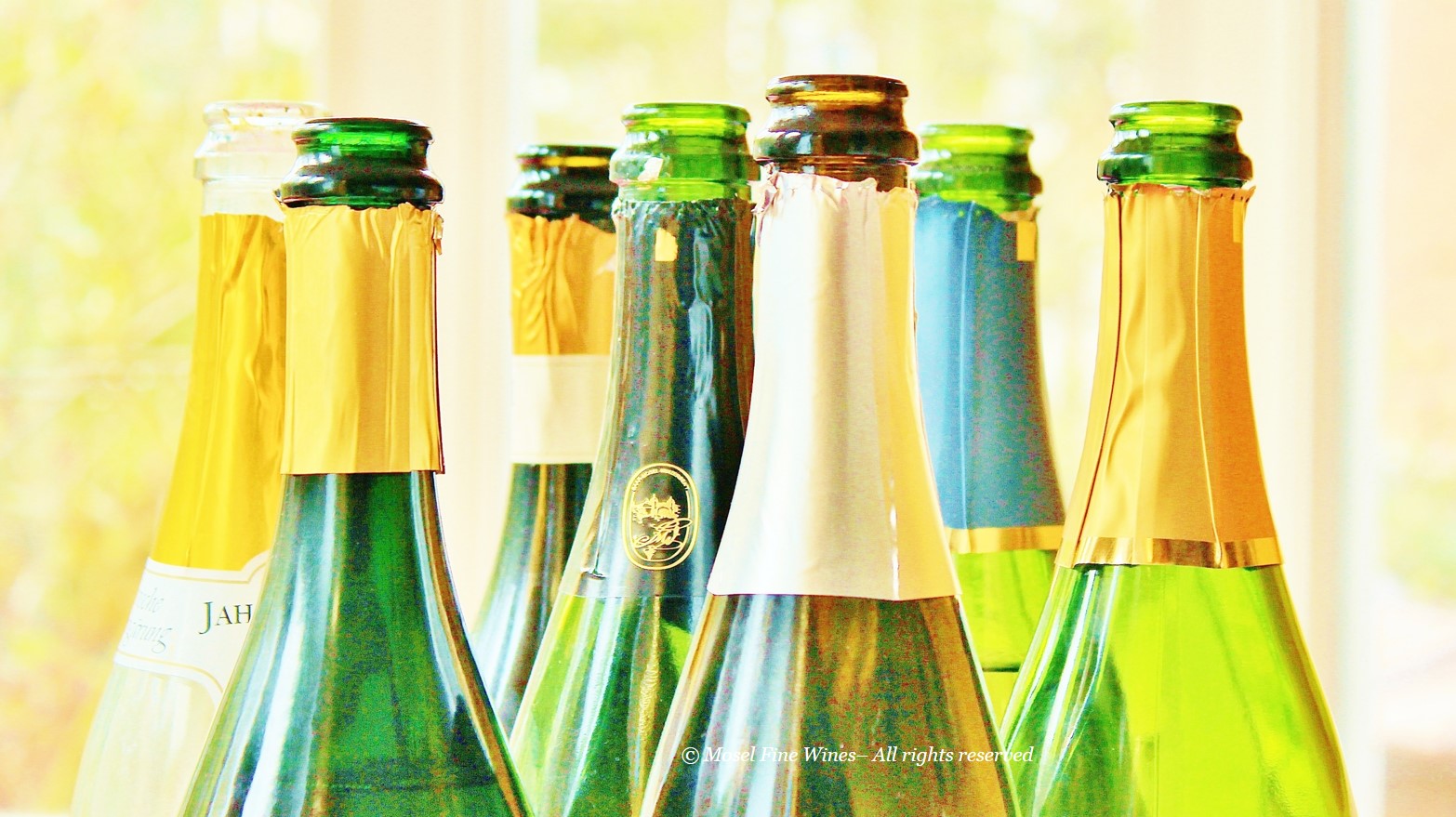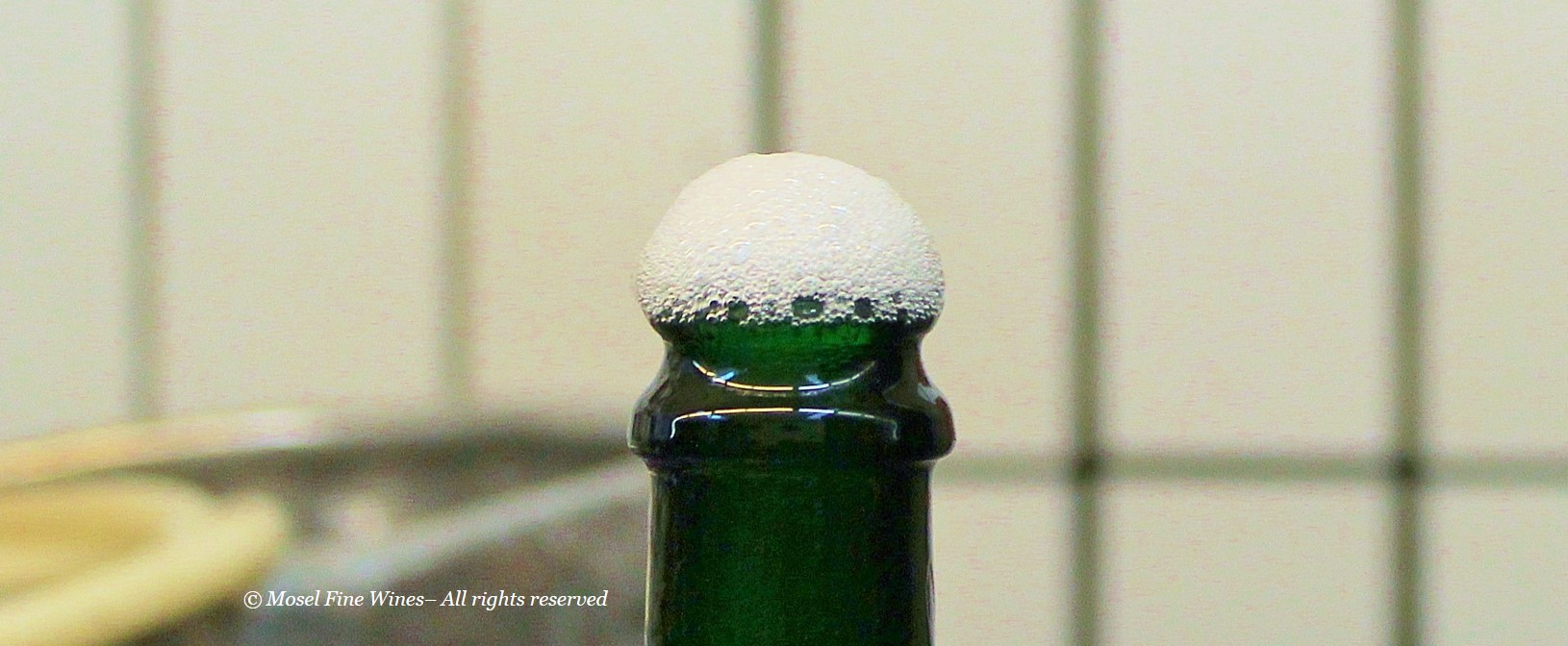
Sekt is up and coming with plenty of gorgeous Sekt on the market: Here some guidance to make the most of this sparkling joy of Riesling!

Sekt has seen a surge in interest over the last years as more and more top growers have added some Sekt to their portfolio to satisfy national demand. Lately, international demand has been catching up rapidly.
Time is clearly ripe for a thorough look at this sparkle of life. Over several months, we discussed with makers, did some research and, above all, put Sekt to the test. Here some excerpts from the resulting "everything you ever wanted to know about Sekt but too afraid to ask" article which we published in Issue No 30 (Mar 2016).
Sekt has been around for quite a while. In fact, it is nearly as old as Champagne itself. Thanks to the close ties between Champagne and Germany at the time, the production of Sekt started in earnest at the beginning of the 19th century. Most of the current big names in the Sekt industry were already active by the middle of the 19th century. Also the Mosel saw its first Sekt wineries emerge in that period.

The Germans immediately fell in love with their Sekt: Still today, they are the largest consumers of sparkling wines in the world, and this by quite a margin. At the time, they were ready to pay for it: Sekt (or Deutscher Champagner as it was also known back then) was found on all great wine lists of the world around 1900, and this at prices comparable to those of the great Champagne Houses.
However, things almost turned sour by the middle of the 20th century. The big German Sekt wineries embarked the highly regarded name Sekt into a slow downward spiral by relying on simpler production methods and using cheap imported grapes, mainly from Italy. As a result, "Sekt" was offered for as little as €2.50 in Germany last Christmas … and this price includes over €1.50 of taxes!
Fortunately, small entrepreneurial growers launched quality-minded Sekt operations using their own grapes as of the 1970s. The early phases of this Winzersekt movement (Grower Sekt, the German equivalent of Grower Champagne) proved sometimes adventurous, with bottles exploding, issues of space, etc. But progress was steadily made and quality improved dramatically. Today, one Estate even employs the former head winemaker of Champagne Bollinger!

This revival around Winzersekt happened throughout Germany. Specialized Houses emerged, including Kirsten, Raumland, Solter, St. Laurentius and Saar-Mosel-Winzersekt. Besides this, most leading German Riesling growers have added some Sekt to their portfolio over the last few years.
How good is Sekt today? A tasting with over 60 Winzersekt covering most leading growers in Germany underlined the overall high quality of Sekt on offer today. There is a huge amount of very good Sekt out there and a significant number of the Sekt tasted proved outright outstanding. This does not only concern Riesling: Also Pinot-based Sekt can offer much pleasure.

The tasting also highlighted a few other things which are critical to make the most of your Sekt:
Last but not least, most of these Sekt do not break the bank: So we can only encourage our readers to go out and have some Sekt!
What do Sherry, the German imperial war marine and an average consumption of 4 bottles per year per inhabitant have in common? The answer is Sekt.
These and many other interesting facts on the development and history of Sekt can be found in a detailed 10-page article published in the Mosel Fine Wines Issue No 30 (Mar 2016).
The article also provides the information needed to decipher German Sekt labels (German Sekt labels are precise ... but confusing and sometimes intentionally so) and provides detailed tasting notes for 60 current Winzersekt from leading producers. A short profile of each of the leading Sekt producers will probably make you discover some new names but, above all, help you make the right choices when it comes to Sekt.
You are a subscriber and miss this Issue? Simply send us a request by email and we will be happy to send you a copy.
You are not yet a subscriber and wish to get this Issue? Subscribe free of charge by registering yourself here below and ask us for a copy of the Issue by email.
© Text by Mosel Fine Wines "The Independent Review of Mosel Riesling ... and beyond!"
Disclaimer: Mosel Fine Wines is an independent publication and has no commercial relationship with any Estate, association or organization featured in this article.